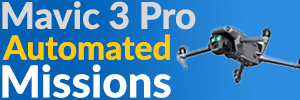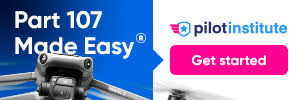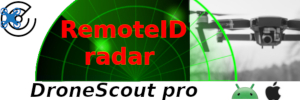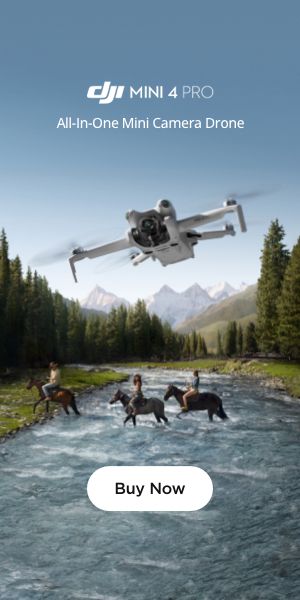I've read through my user manual and I'm a little confused. What exactly does the lower sensor actually do? In flight I can hover over anything, building, tree or myself. But have yet to ever have any sort of warning, nothing. It's very obvious how the forward and aft sensors work. But just can't grasp what the lower sensors actually do, if anything.
I'm all ears, please enlighten this ignorant pilot.


I'm all ears, please enlighten this ignorant pilot.

Last edited:










